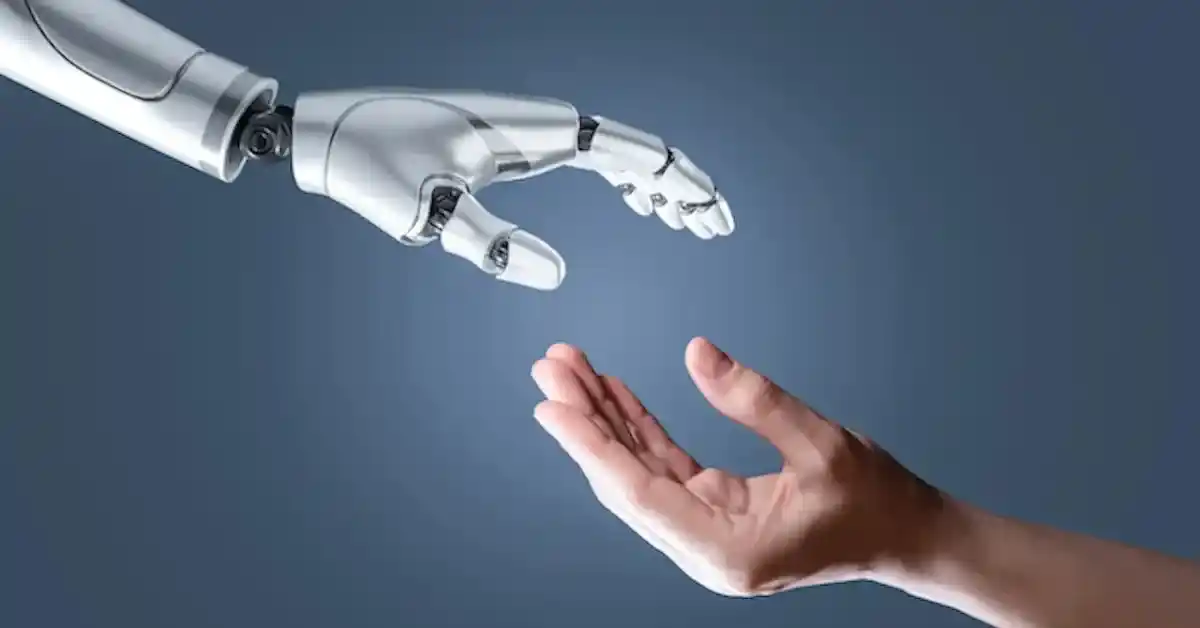Over the past decade, the biggest shifts in personal technology have been driven by sleek hardware design, higher-resolution displays, longer battery life, and better cameras. But the next leap won’t be visible at first glance. It’s not about thinner phones or sharper screens. It’s about what’s happening behind the glass—the invisible intelligence that’s about to make our devices feel less like tools and more like companions.
Artificial Intelligence, long a buzzword floating around the edges of consumer tech, is now moving to the front seat. And this time, it’s not just powering cloud-based assistants or large language models in the background. It’s moving directly into the chips, sensors, and software that live in your pocket, on your wrist, and soon—inside your glasses or even on your laptop keyboard.
AI-powered personal devices are coming. And if the early signs are any indication, they’ll change how we think about interaction, privacy, productivity, and even relationships with our gadgets.
Here’s why this matters—and what to expect in the next wave of innovation.
AI Is No Longer Just in the Cloud
Until recently, most of the AI experiences consumers encountered were cloud-based. You’d ask your voice assistant to set a timer or search the web, and the query would be sent to massive servers for processing. While effective, this model introduces delays, limits personalization, and relies on a constant internet connection.
The new generation of devices is turning that on its head. Thanks to advances in on-device AI hardware—like dedicated neural engines, custom NPUs (Neural Processing Units), and efficient AI cores—your phone or laptop can now process natural language, recognize your habits, and even predict your behavior without pinging the cloud.
Apple’s Neural Engine, Google’s Tensor chip, Qualcomm’s AI engines, and Intel’s latest Core Ultra chips are all built around this idea. AI is no longer a service—it’s becoming a native part of your hardware experience.
Copilot+ PCs: The First AI Laptops Are Here
Perhaps the most significant leap in the first half of 2025 came with the introduction of Copilot+ PCs—AI-first laptops designed from the ground up to support on-device intelligence.
Powered by dedicated NPUs and running new versions of Windows with AI-native features, these laptops promise more than just faster load times or better battery life. They’re aiming to change how you work.
Features like Recall allow users to search their digital history using plain language prompts—“Show me that document I was editing last Thursday after lunch”—while tools like Cocreator generate images, rewrite text, or summarize documents instantly, right on the device.
These features don’t just improve convenience. They redefine productivity. Tasks that once took minutes—or required context switching between apps—are now handled by your laptop in seconds.
And because these features run locally, they also offer more control over data. Privacy-conscious users may find themselves relying less on cloud services and more on device-native intelligence.
Smartphones Are Quietly Evolving
While the focus has been on AI PCs this year, smartphones are following close behind. In fact, they’ve been laying the groundwork for on-device AI for years.
The latest flagships from Apple, Google, and Samsung all feature advanced neural processing units that run AI workloads directly on the chip. But in 2025, that capability is being used for more than just photo enhancements or predictive text.
We’re now seeing real-time summarization, AI call screening that understands tone, and voice assistants that sound far more natural—because they’re not waiting on cloud responses.
Expect upcoming phones to lean even harder into AI-native experiences. Think proactive reminders based on your schedule and habits. Personal health monitoring that adjusts based on your activity, sleep, and even stress levels. Cameras that understand what you’re photographing and recommend ideal settings instantly. And productivity features that turn notes into structured to-do lists or convert voice memos into email-ready drafts.
This isn’t science fiction—it’s already beginning to ship, and by late 2025, it may be standard across high-end models.
Wearables: From Trackers to Thinkers
Wearables were once glorified fitness trackers. They counted your steps, measured your heart rate, and maybe nudged you to stand up once an hour. But AI is transforming them into real-time health monitors, context-aware assistants, and even silent communicators.
Take smartwatches. With onboard AI, they’re now capable of tracking patterns that go beyond activity—like changes in breathing, subtle variations in movement that could suggest illness, or even early signs of mental health shifts.
Expect AI-powered wearables to move deeper into health, sleep, and emotional wellness. Some devices are even testing features like non-invasive glucose monitoring or stress prediction based on sensor data and behavioral patterns.
On the horizon, wearable AI glasses could become a major shift. Not for gimmicky augmented reality overlays, but for real-time assistance: language translation in conversations, object recognition, navigation prompts without pulling out your phone, or even real-time coaching during workouts.
This wave isn’t about flashy tech. It’s about utility. Subtle, contextual intelligence that knows when to help—and when to stay out of the way.
Privacy and Trust Will Define Success
As AI becomes more personal, the stakes get higher. If your phone or laptop knows your habits, moods, and routines, who else has access to that information?
This is why the companies leading the AI device race are emphasizing local processing and data sovereignty. Apple has positioned on-device AI as a privacy feature, not just a performance boost. Microsoft’s Recall feature is optional, encrypted, and stored locally. Google is investing in federated learning and sandboxed AI execution environments.
Consumers are becoming more aware of data collection. And for AI devices to succeed at scale, they’ll need to offer not just intelligence—but confidence. Confidence that your device works for you, not for advertisers.
Expect this to become a major battleground. Not between hardware specs, but between trust models.
Ambient Computing and Context-Aware Intelligence
We’re also approaching a world where devices don’t just respond—they anticipate. This concept, often called ambient computing, revolves around tech that fades into the background but is always present, always ready, and always relevant.
Your home speaker lowers the volume when you’re on a call. Your smartwatch reminds you to hydrate after a workout. Your laptop pre-loads your work documents when you connect to your office Wi-Fi. Your phone holds off on notifications when it senses you’re asleep early.
These aren’t big flashy features. But they’re the kind that make you wonder how you ever lived without them.
Context-aware AI will define the next phase of user experience. And it will be driven by AI that understands time, place, intention, and mood—not just voice commands.
What Comes After?
This wave is just the beginning. Looking ahead, expect to see:
- AI-powered earbuds that offer conversation summaries or voice-based note-taking.
- Personal memory assistants that store, tag, and surface your ideas across time.
- Desktop and mobile operating systems redesigned around intent rather than apps.
- Local AI agents that combine chat, scheduling, media handling, and productivity into one coherent interface.
There will be stumbles, of course. Not every feature will land. Not every device will succeed. But the direction is clear: devices are about to get a lot smarter, more helpful, and more human.
Final Thoughts
Technology doesn’t evolve in a straight line. It moves in surges. The smartphone was one. Touch interfaces, cloud sync, voice assistants—they each added a layer. But what’s happening now with AI-powered personal devices feels like the next major surge.
This isn’t just about faster chips or better displays. It’s about devices that truly work with you—learning from your habits, adapting to your needs, and helping you do more with less effort.
And it’s just getting started.
By the end of 2025, your next device might not just be smart. It might be aware.

